We need to diversify English curriculum
The first time I read a book for school about South Asian individuals, by a South Asian author, was my senior year of high school. “The Namesake” by Jhumpa Lahiri followed a wife and husband that immigrated from India to America, delving into their experiences as immigrants and their son’s experience as a second-generation immigrant who just wasn’t quite “American” enough. There was a line in that book about the son and how he grew through elementary, middle, and high school passively accepting that no one would know how to pronounce his name, that they might not even try.
I was 17 years old in a majority white town with an English teacher who, upon calling me by the name of another brown girl in our grade despite having me as a student for the second year, told me that I should “just get used to it.” I highlighted that line, I underlined it, I tabbed it. I wrote about it in essays. Those were some of the best essays I have ever written because I understood. I understood the son’s perspective; I knew what it was like to be torn between two cultures, never quite feeling like you fit in either one. It was only a few months later, after graduation when I realized that “The Namesake” was the first, and only, book I would read for a class that was written by an author who was like me.
ThoughtCo. compiled the most read books in high school English, and of the 13 books on their list, 12 are by white authors (the exception being “The Color Purple” by Alice Walker). Every year, students of color sit through English class after English class where they are exposed to “1984,” “Lord of the Flies” and “Romeo and Juliet” without any nod to English literature written by authors of color. Even books read in class that do address racism, such as “To Kill a Mockingbird,” are often written by white authors, and though they are regarded as hallmarks of diversity, contain some underlying racist elements of their own.
It has been proven in study after study that reading fiction helps people develop empathy; they begin to relate to the characters they read about and grow the ability to see from another’s perspective. Without bringing in books written by other perspectives to schools, students grow up in an environment that doesn’t challenge them to broaden their empathies beyond those of their own community. It allows kids to grow into adults who are completely at ease with the status quo of things because they do not understand how it could negatively affect others.
It’s not enough, however, to simply add books into curriculums and hope that it spontaneously makes students more empathetic people. I remember so vividly the first time we read a book that wasn’t by a white author in class. “Things Fall Apart” by Chinua Achebe is a book set in Nigeria during early colonial times, written in response to much of the European colonial literature of the time that depicted Nigeria and other African and Asian countries as “backward” and “primitive.”
That novel is a classic that offers so much room for conversation about imperialism, cultural differences, and how a post-colonial novel contrasts with the majority of European literature, and yet, the discussions quickly turned into why colonialism was good and why the British were right in their efforts because they were helping the tribes of the book progress. No one — not even the teacher facilitating the discussion — mentioned the downsides of colonialism. No one showed sympathy for the members of the Nigerian tribe. It’s not enough to just make students read a book; there has to be some element of discussion that forces people to think in terms of another’s perspective rather than passively read it.
Maybe this is too much to expect from a time when parents bristle at the slightest indication of “critical race theory” being implemented in schools. That doesn’t mean it can’t happen, and that doesn’t mean no one should try. In Virginia, some high school students read “Beloved” by Toni Morrison, a book set in the Civil War era written by a Black woman, despite repeated efforts to ban it from classrooms (in Virginia and across the country). Those students discussed just how important reading that book was to them. It was a new perspective, one that many students had never read from or considered before. It was a perspective that Black students could finally relate to.
In my senior year of high school, I felt more comfortable in an English class than I ever had before, because I was reading about a topic that I knew about and could relate to. So many students of color across America, especially those in predominantly white districts, grow up feeling isolated and alone. Some do not even recognize that their perspectives and emotions are valid, as they have never been given the chance to. Books such as “The Namesake” by Jhumpa Lahiri, “Everything I Never Told You” by Celeste Ng, and “Purple Hibiscus” by Chimamanda Ngozi Adichie, are all complex works of literature that would not only serve the purpose of textual analysis and essay writing but would also allow those same students to realize that they are not alone and that their perspectives deserve to be heard too.
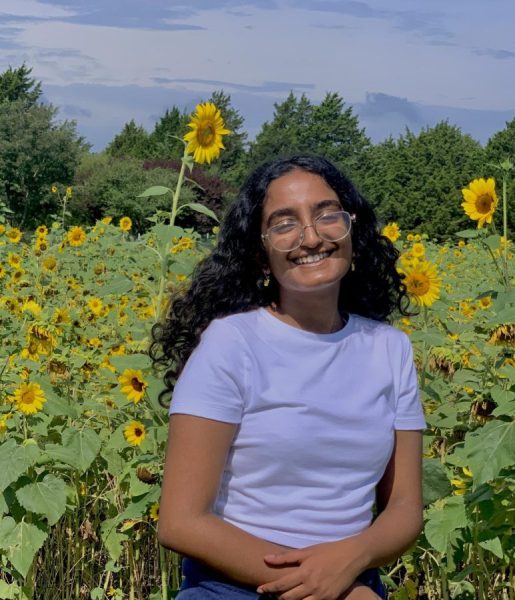
My name is Ashwini Vivek (she/her) and I am an Opinion Writer for the Trinitonian! I am a senior Neuroscience major from Dallas, and I'm also involved...
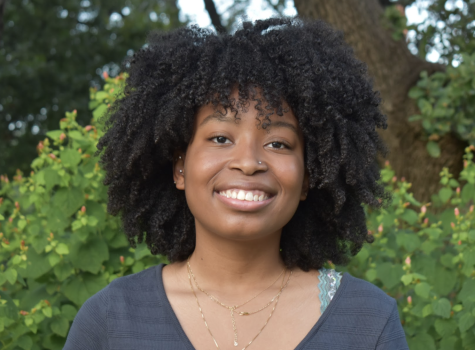
Hi, my name is Jaida and I am an illustrator for the Trinitonian. I am double majoring in international studies and art and I started working for the trinitonian...

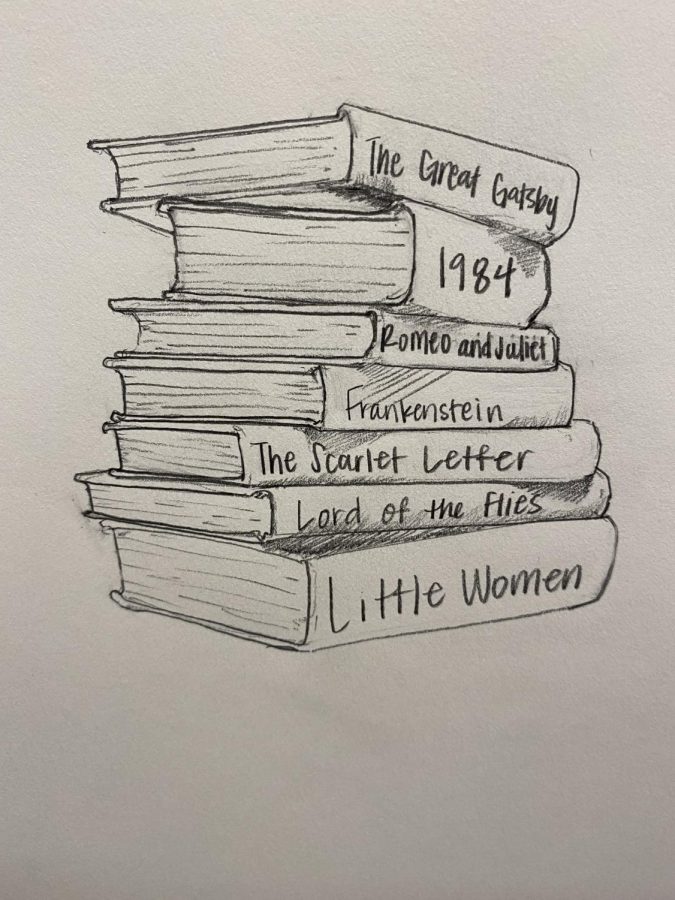

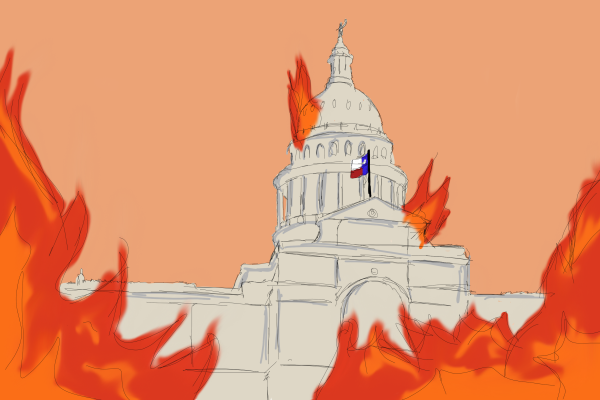
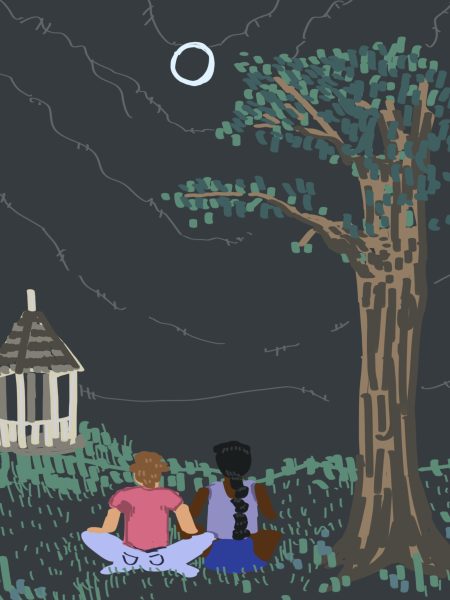

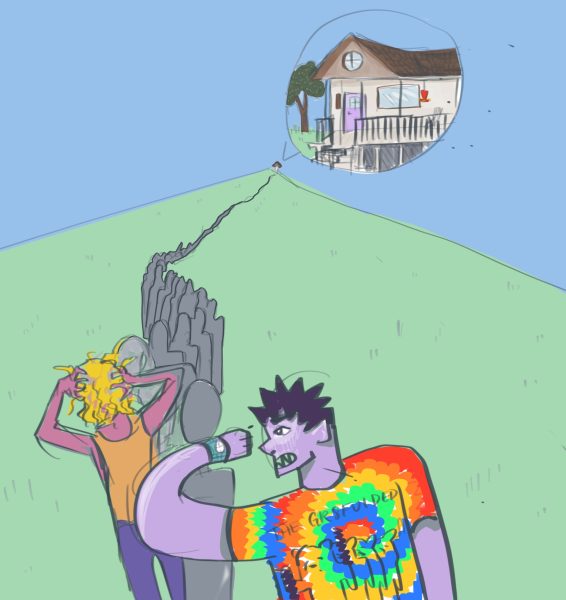

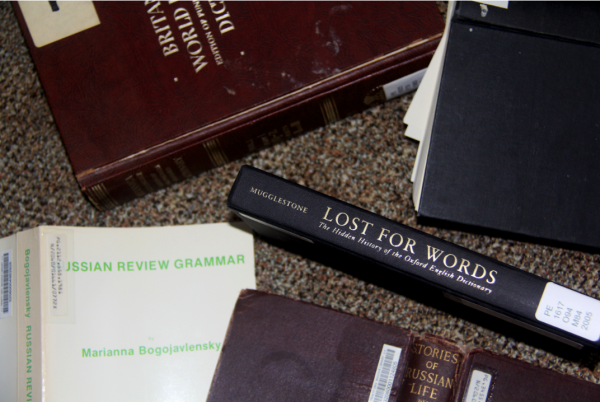


Kimberley Davis • Oct 29, 2021 at 8:34 am
Excellent points. I wish adult decision makers would consider student perspectives during these book debates. They might just learn something.